In modern automotive technology, vehicles are no longer just machines of steel, rubber, and gasoline—they are intelligent systems loaded with sensors, processors, and diagnostic tools designed to protect themselves and their passengers.
Among the most important features of any vehicle today are its maintenance indicators—those digital and visual cues that inform you when it’s time to take action, whether it’s changing your oil, rotating your tires, or inspecting the brakes. While these indicators might seem like small components in the grand machinery of a car, they play a vital role in preserving performance, extending vehicle lifespan, ensuring safety, and saving money.
The days of relying solely on gut instinct or flipping through an owner’s manual every few weeks are gone. Drivers now expect their vehicles to act as partners in maintenance, issuing timely and easy-to-understand reminders that are accurate and customized to how the car is driven.
The best systems consider real-time conditions such as climate, driving habits, and workload to make informed suggestions about what service is needed and when. But while some car manufacturers have embraced this technology in a thoughtful, user-first way, others have implemented systems that are vague, confusing, inconsistent, or simply unhelpful.
This disparity creates a serious issue. When maintenance indicators are misleading or hard to understand, drivers can fall into one of two traps: overreacting or underreacting. A vague “Service Required” warning could cause unnecessary stress or a costly, unnecessary trip to the dealership.
Conversely, a general check engine light might be ignored, allowing a serious issue to fester. The lack of specificity can lead to real-world consequences—engine damage, brake failure, transmission issues, and ultimately a much shorter vehicle lifespan. For those who aren’t mechanically inclined or who don’t have access to diagnostic tools, poor communication from their vehicle means they’re driving blind.
On the flip side, clear, proactive maintenance indicators build trust between the driver and the machine. When your car gives you detailed information in plain language—like “Change Oil in 200 Miles” or “Brake Pads at 20% Wear”—you know exactly what’s needed and can plan accordingly.
This prevents last-minute emergencies, reduces long-term repair costs, and gives peace of mind that you’re taking proper care of your investment. It’s not just about avoiding breakdowns; it’s about maintaining performance, safety, and the overall experience of car ownership.
In this article, we dive deep into ten vehicles—five that get it right, and five that don’t. We explore which cars lead the industry in clear, accurate, and intuitive maintenance alerts, and which ones are still stuck in the era of generic warning lights and guesswork.
This isn’t just about luxury vs. economy or old vs. new; some of the most affordable cars offer the best communication, while some high-end models are surprisingly unhelpful. Each car was selected based on how well it informs drivers about regular and irregular maintenance, the clarity of the alert system, the customization options available, and how well it integrates into the overall driving experience.
Whether you’re a first-time car owner or a long-time enthusiast, knowing how well your vehicle communicates its needs can make all the difference. A car that guides you clearly through its maintenance journey can be the difference between a decade of smooth driving and a series of expensive, preventable breakdowns. So let’s explore which manufacturers are leading the way in transparency, and which are still leaving drivers in the dark.
Also Read: 5 Cars That Have Clean Titles at 200K Miles and 5 That Hide Lemon History
5 Cars With Clear Maintenance Indicators
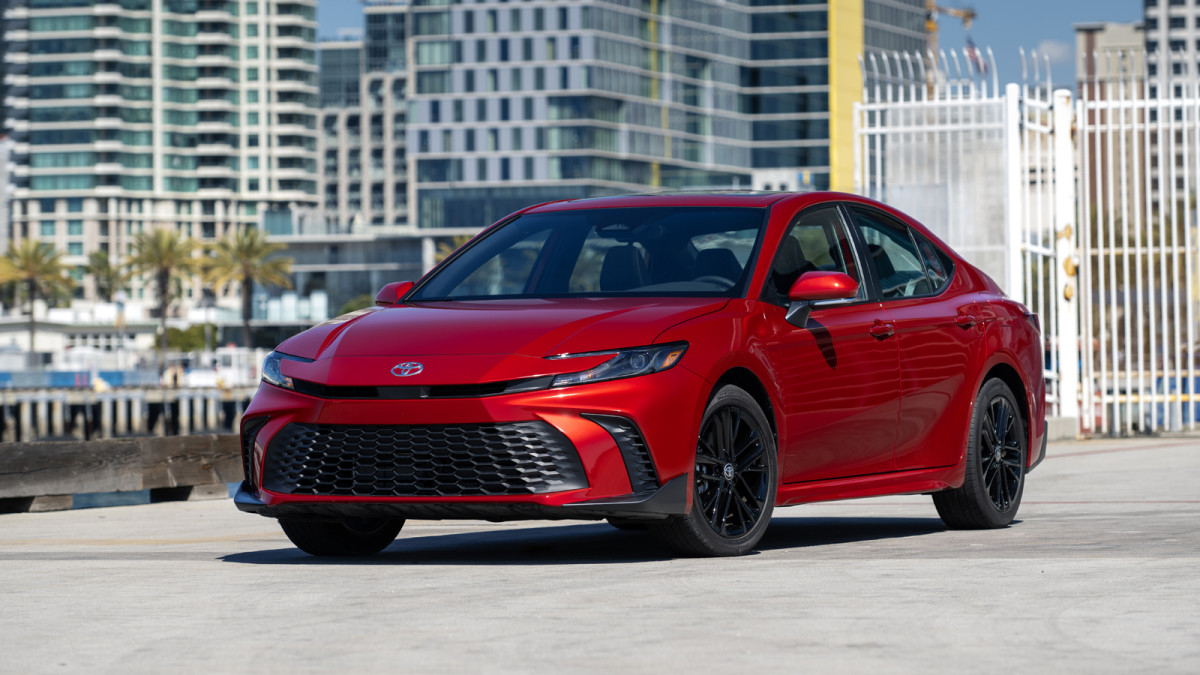
1. Toyota Camry: Clarity Meets Reliability
The Toyota Camry has long been a favorite in the midsize sedan category, known for its rock-solid dependability, comfort, and fuel efficiency. What makes it stand out even more is its intelligent and easy-to-navigate maintenance alert system. Unlike many vehicles that simply flash a generic check engine light, the Camry’s dashboard uses a clear text-based display to alert drivers about upcoming maintenance needs.
For instance, rather than confusing drivers with obscure icons, the vehicle clearly states, “Maintenance Required Soon,” or “Oil Change Required.” These messages are tied to specific mileage intervals and driving conditions, so drivers get alerts that are actually relevant and timely.
The Camry’s Multi-Information Display (MID) is centrally located between the speedometer and tachometer, making it easy to view while driving without causing distraction. The system doesn’t just stop at oil changes—it includes reminders for tire rotation, brake inspections, and even air filter replacements.
Moreover, each reminder comes well in advance of the actual due date, allowing drivers time to schedule service at their convenience. This foresight is essential, especially for people who use their vehicles for commuting or long trips, where neglecting even minor maintenance can lead to larger issues down the line.
Further enhancing this experience is Toyota’s integrated mobile app system, which syncs with your car and displays maintenance alerts, service history, and reminders on your smartphone. This dual-channel approach—both in the car and on your phone—ensures you’re never caught off guard.
The combination of clear, non-technical language, consistent notifications, and mobile integration allows even non-experts to maintain their Camrys with confidence. Toyota’s reputation for low maintenance costs is partially due to this proactive, user-friendly approach to vehicle health. When driving a Camry, the only real surprise is how seamlessly you’re reminded to take care of it.

2. Honda Accord: User-Friendly and Smart
The Honda Accord, a perennial favorite in the midsize category, is as much about user experience as it is about engineering. A large part of this experience is driven by Honda’s Maintenance Minder system, which intelligently notifies drivers about service needs using alphanumeric codes.
While these codes may seem complex at first—think “A1” or “B2”—they quickly become intuitive with a glance at the owner’s manual or service guide. Each letter and number corresponds to specific types of maintenance, like oil changes, air filter replacements, or transmission fluid checks. Instead of showing vague or overly technical messages, the Accord provides a structured, easy-to-learn system that builds driver confidence over time.
Where the Accord’s system shines is in its adaptability. It doesn’t operate on a fixed schedule, but instead adjusts based on actual driving habits. If you drive in rough terrain, idle frequently in traffic, or tow heavy loads, the system recalibrates and alerts you earlier.
Conversely, if you primarily drive on highways under optimal conditions, it may extend the intervals slightly without compromising the car’s health. This smart adjustment means that the maintenance reminders are not only informative but highly relevant to your specific use case. It prevents unnecessary service while ensuring that critical upkeep isn’t delayed.
Honda’s dashboard design also helps reinforce the clarity of the system. The digital screen located in the instrument cluster displays reminders in large, clear text, so there’s no squinting at small icons or flipping through confusing menus. With user-friendliness at its core, the Accord empowers its drivers to stay on top of maintenance, minimizing guesswork and maximizing vehicle longevity.
This system, combined with Honda’s reputation for reliability and reasonable upkeep costs, makes the Accord a smart choice for anyone who values a clear line of communication with their car.
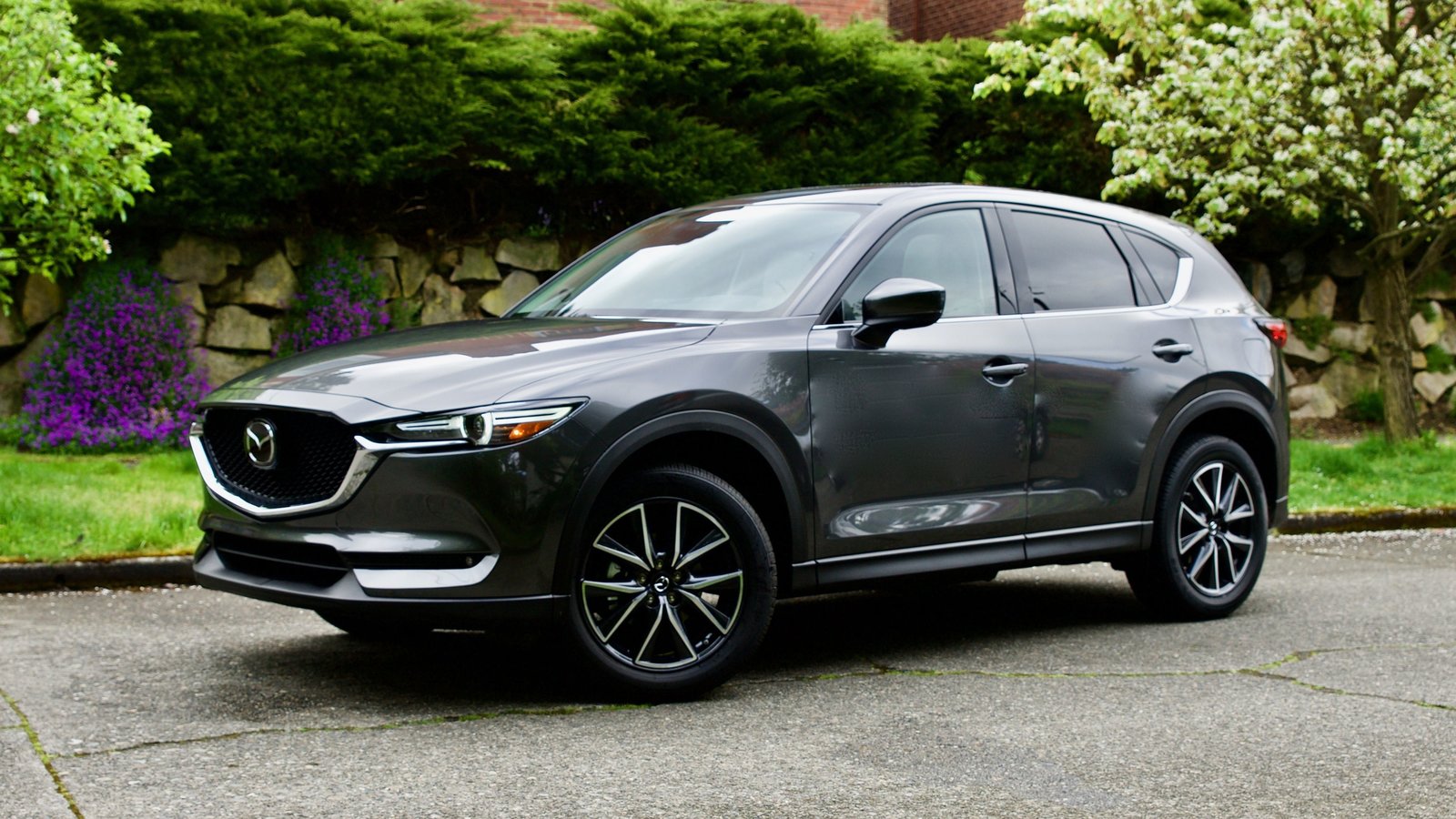
3. Mazda CX-5: Smart Simplicity
Mazda has carved out a niche as a brand that blends driving excitement with refined design and usability, and the CX-5 exemplifies this balance. One often overlooked aspect is just how intuitive and clear its maintenance reminder system is.
Unlike some competitors that rely heavily on icons or force you to guess what’s wrong, the CX-5 uses easy-to-understand messages like “Oil Change Due” or “Inspect Tire Pressure.” These notifications appear on the dashboard and are supported by clear chimes that avoid sounding overly dramatic, striking a good balance between urgency and calm reminders.
The interface where these messages appear is also thoughtfully designed. Mazda’s infotainment system includes a vehicle status screen that allows drivers to manually check their maintenance status at any time. This isn’t buried five menu layers deep—it’s easily accessible, labeled clearly, and organized in a way that’s approachable for non-technical users.
This emphasis on simplicity makes a huge difference for drivers who want to take care of their car without needing a mechanical background. Furthermore, the system keeps a digital log of past maintenance, helping owners track service intervals and avoid redundant trips to the mechanic.
Another highlight is the way Mazda uses its vehicle health data. Instead of sticking rigidly to set intervals, the CX-5 adapts its recommendations based on driving style and conditions. Whether you’re navigating through snow and dirt roads or taking daily freeway commutes, the system will tailor its reminders to fit your car’s actual use.
This personalization means that drivers aren’t over-servicing or under-servicing their vehicle. It’s a subtle but powerful way Mazda reinforces its philosophy of thoughtful engineering and driver-centric design. The CX-5, in essence, acts as your co-pilot, not just your ride.

4. Subaru Outback: Straightforward and Practical
The Subaru Outback is known for its rugged capability and adventurous spirit, but its practicality extends well beyond performance. Subaru’s approach to maintenance indicators is refreshingly straightforward and highly effective.
The Outback’s dashboard messages provide real, readable notifications such as “Oil Change Due” or “Check Brake System,” rather than generic warning lights. This direct communication allows drivers to understand what’s going on without needing a diagnostic tool or a trip to the mechanic just to interpret an alert.
In addition to clarity, Subaru ensures consistency in its alerts. The vehicle is designed to remind drivers at appropriate intervals based on mileage, but the system can also adapt slightly depending on environmental conditions.
For example, if you drive frequently in dusty environments or use your vehicle off-road (which many Outback owners do), the car adjusts its alert frequency accordingly. These reminders are not only relevant but also delivered in a calm, non-alarming way that encourages timely maintenance without creating unnecessary stress. You feel like the car is informing you, not scolding you.
Another strong point is Subaru’s customizable service interval settings. Through the Outback’s infotainment system, users can adjust their reminders according to personal preferences or manufacturer-recommended intervals. This is particularly useful for people who prefer shorter service cycles due to heavy use or extreme climates. Additionally, Subaru owners can use the MySubaru app to receive service alerts and schedule appointments.
The entire ecosystem is built around helping drivers stay informed and proactive, which contributes to Subaru’s well-earned reputation for longevity and reliability. When you drive an Outback, it feels like your vehicle genuinely wants to stay healthy, almost like it’s part of the family.
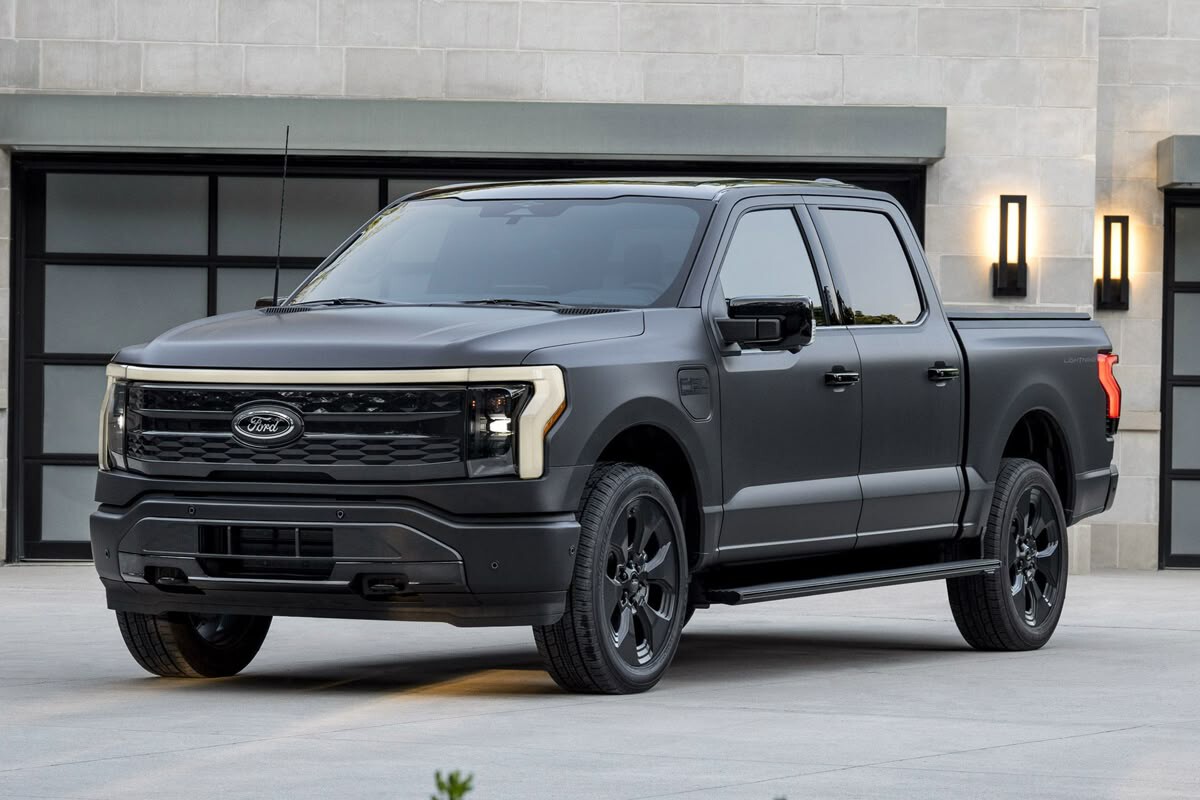
5. Ford F-150: Tech-Savvy and Transparent
The Ford F-150 is more than just a workhorse—it’s a technologically advanced machine that takes vehicle health seriously. One of the standout features of the F-150 is its comprehensive digital maintenance tracking system, built into the truck’s sophisticated onboard computer.
Unlike many other vehicles that rely on vague service lights, the F-150 offers detailed insights such as remaining oil life, battery status, brake condition, and air filter quality. These aren’t buried in complex menus but are instead accessible through a bright, customizable digital dashboard that feels more like a command center than a traditional gauge cluster.
What sets the F-150 apart is how its system adapts to different workloads and environments. Ford’s Intelligent Oil-Life Monitor, for instance, doesn’t just tick down with mileage—it analyzes engine performance, temperature fluctuations, and idle times to provide precise, condition-based alerts.
If you’re towing heavy loads or operating in extreme conditions, the system will prompt more frequent servicing. This is essential for a truck that’s expected to perform in varied and often harsh environments. The result is a more accurate understanding of when your truck truly needs attention, and it prevents both over-maintaining and under-maintaining the vehicle.
Additionally, the FordPass app takes this one step further by delivering real-time maintenance alerts directly to your smartphone. It also keeps a detailed history of past services, upcoming recommendations, and dealer appointment scheduling tools. The app can even notify you of recalls and let you initiate remote diagnostics.
These features create a fully connected experience where the driver is never in the dark about their vehicle’s health. In an era where trucks are increasingly sophisticated, Ford ensures that even complex systems are managed with clarity and ease, making the F-150 a benchmark in maintenance transparency.
5 Cars That Mislead You With Maintenance Indicators

1. Volkswagen Jetta: Vague and Overly Generic
At first glance, the Volkswagen Jetta presents itself as a reliable, well-designed compact car with European flair. However, when it comes to maintenance alerts, the Jetta falters in a way that’s both frustrating and potentially risky for owners. One of the most glaring issues lies in its overuse of the check engine light, which seems to function more as a catch-all signal than a targeted warning system.
Whether the issue is a loose gas cap, a minor emissions glitch, or a potentially serious mechanical problem, the same light illuminates, offering no clarity about the nature or urgency of the problem. For many drivers, this ambiguity results in either panic over small issues or dangerous delays in addressing critical ones.
Beyond the general warning lights, the Jetta’s onboard diagnostic display lacks the transparency drivers need to make informed decisions. The messages it provides are often generic, such as “Service Due” or “Inspection Needed,” without specifying what system or component is affected.
For a car that appeals to a younger demographic and budget-conscious drivers, this lack of detail can lead to excessive reliance on dealership visits just to interpret a basic warning. This not only drives up the cost of ownership but also contributes to unnecessary anxiety, particularly for those who don’t have access to scan tools or mechanical knowledge.
Adding to the confusion is the Jetta’s rigid maintenance schedule, which is based solely on time and mileage, with little to no consideration for driving conditions. Whether you’re putting your Jetta through the rigors of daily stop-and-go traffic or driving long, low-stress highway miles, the alerts remain the same.
This inflexibility can result in premature servicing or, worse, deferred maintenance when it’s truly needed. Volkswagen’s decision not to implement a more dynamic or adaptive maintenance alert system puts its drivers at a disadvantage, making the Jetta a car that too often leaves owners in the dark.
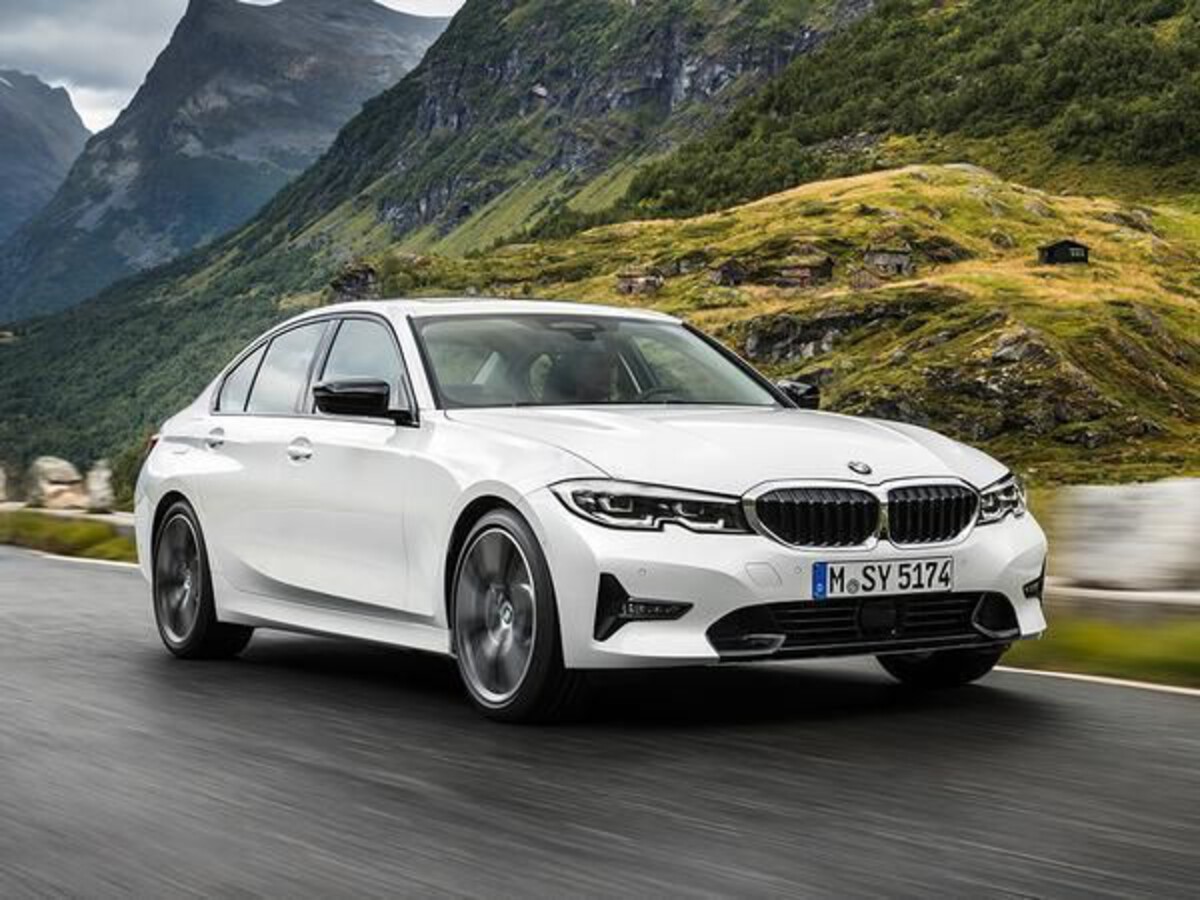
2. BMW 3 Series: Over-Engineered and Opaque
Luxury vehicles are often lauded for their cutting-edge technology, but in the case of the BMW 3 Series, the sophistication of the maintenance system becomes a double-edged sword. The vehicle features a condition-based service (CBS) system designed to monitor wear and usage in real time.
While this concept is forward-thinking, the execution often leaves drivers bewildered. Instead of offering straightforward messages like “Oil Change Needed” or “Brake Pads Worn,” the car displays ambiguous service codes that require a manual or a consultation with the dealership to decode. For a brand that emphasizes the “Ultimate Driving Machine” experience, the cryptic nature of these alerts falls short of the user-friendly promise.
One of the primary complaints among BMW 3 Series owners is the system’s failure to explain why a particular service is needed. The alerts will say “Service Due” or “Check Vehicle,” without elaborating on which component is being monitored or what kind of issue has been detected.
Even with the iDrive system, which is meant to centralize all vehicle information, navigating to the maintenance section feels like wading through a bureaucratic interface. In many cases, the vehicle will even recommend service intervals that seem counterintuitive, such as delaying an oil change well past 10,000 miles, even when driving in less-than-ideal conditions. This reliance on algorithmic assumptions can lull owners into skipping timely maintenance.
Adding insult to injury, BMW’s ecosystem encourages dependence on dealerships for even the most minor maintenance interpretations. The proprietary software and lack of transparency prevent owners from addressing simple issues themselves or seeking third-party services without losing access to essential data.
While the CBS system might impress engineers, it leaves everyday users confused, disempowered, and in many cases, stuck paying a premium for routine maintenance tasks. In a world where clear communication is key to proper vehicle care, the BMW 3 Series overcomplicates a process that should be simple and accessible.
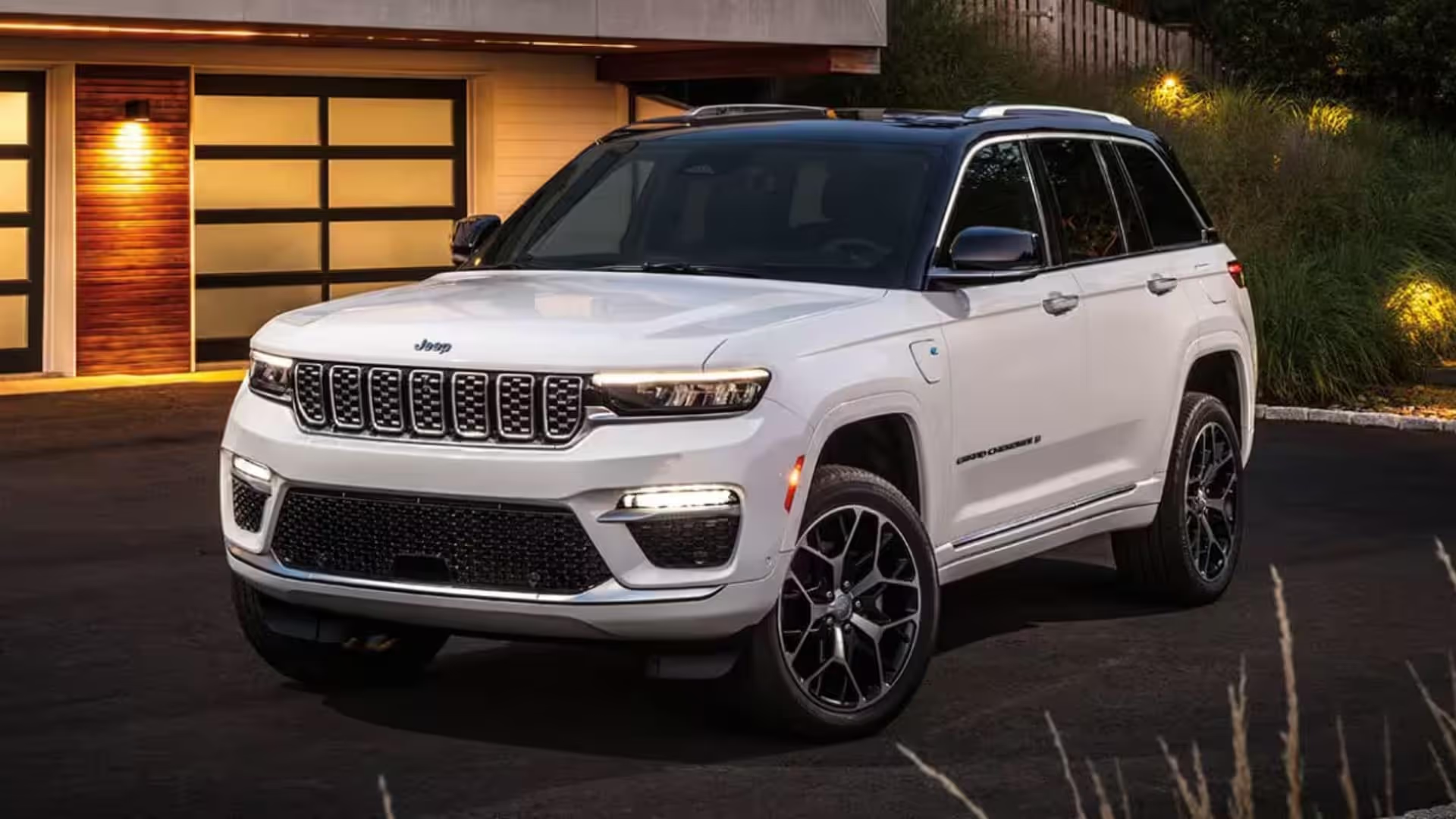
3. Jeep Cherokee: False Alarms and Missed Warnings
The Jeep Cherokee, often chosen for its off-road capability and rugged design, unfortunately drops the ball when it comes to delivering accurate and consistent maintenance alerts. One of the most frustrating issues reported by owners is the frequency of false alarms—warnings that turn out to be nothing after inspection.
“Service Transmission” alerts, battery warnings, and even engine misfire notices are known to appear with no real fault found upon diagnostic testing. These misleading alerts not only cause panic but also lead to unnecessary trips to the mechanic, sometimes costing hundreds in labor just to clear the warning.
What makes this even more problematic is the flip side: there are instances where the Cherokee fails to alert the driver at all. Reports from owners and technicians suggest that the vehicle’s internal diagnostics don’t always catch gradual failures, such as issues with the cooling system or degradation in oil quality.
In other words, the system is sometimes too eager to report non-issues while missing the slow burn of real mechanical problems. This inconsistency erodes trust in the vehicle’s onboard diagnostics, making it harder for drivers to know which alerts to take seriously and which to dismiss.
The user interface itself doesn’t do the Cherokee any favors. Messages are sometimes buried in secondary or tertiary screens, accessible only by toggling through multiple menus on the instrument panel or Uconnect system. Even then, the messages are often cryptic or overly brief.
Combine this with Jeep’s sporadic update support for software, and the maintenance tracking system feels half-baked compared to competitors in the same category. For a vehicle designed for adventure and versatility, it’s a shame that the Cherokee’s maintenance indicators are neither reliable nor reassuring, especially for drivers who push their vehicles beyond the pavement.
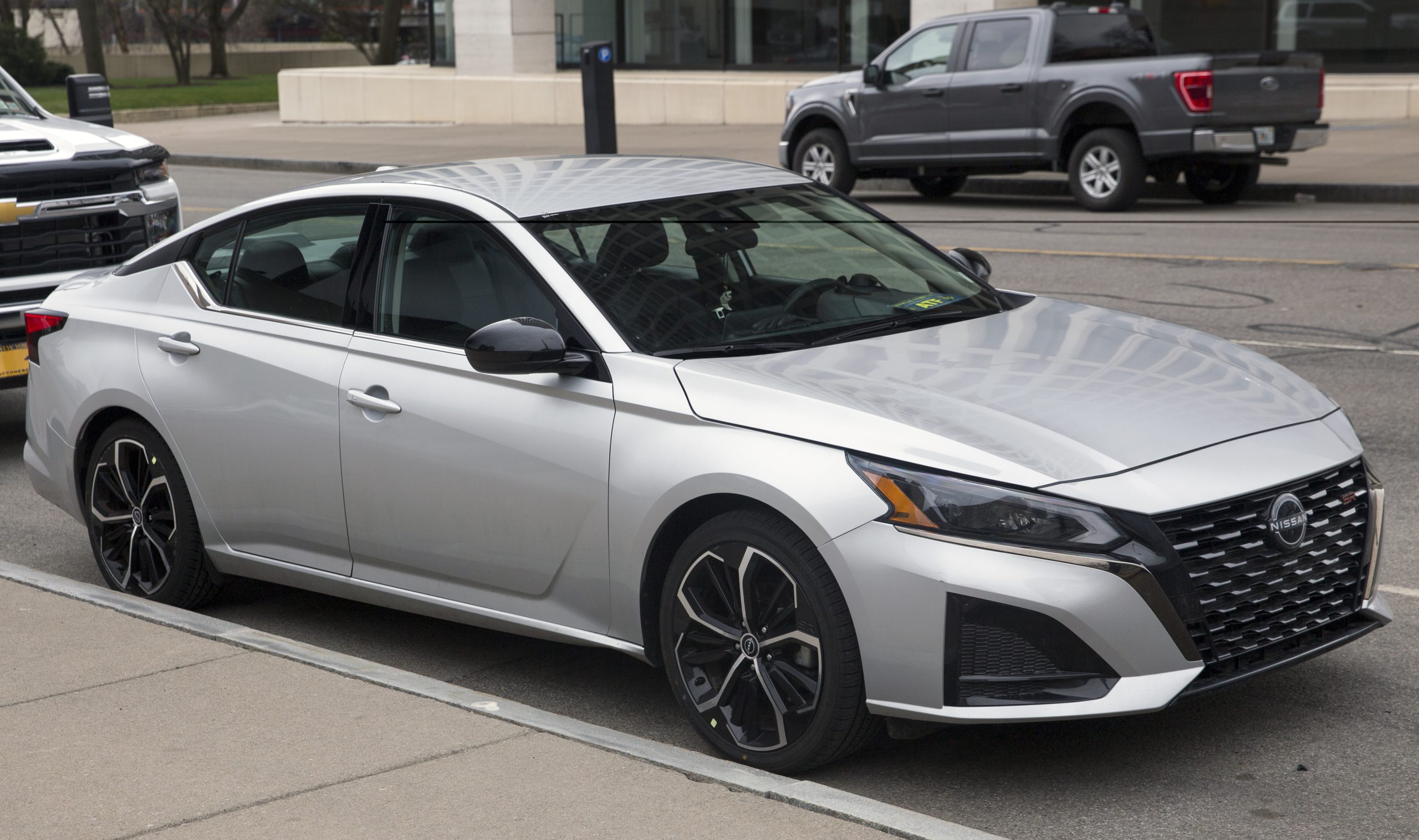
4. Nissan Altima: Inconsistent and Unresponsive
The Nissan Altima is a popular choice in the midsize sedan segment due to its affordability and fuel efficiency, but one area where it undeniably struggles is its vehicle maintenance notification system. The car relies heavily on a set schedule rather than dynamic, real-time diagnostics.
While it will remind you at fixed intervals to perform tasks like oil changes or tire rotations, it doesn’t adapt those intervals based on how the car is being used. A driver in a harsh urban environment who frequently idles in traffic gets the same oil change alert as a long-distance commuter who puts far less stress on the engine. This one-size-fits-all system undermines the idea of smart maintenance.
Compounding the issue is the overly simplistic nature of the Altima’s alerts. When a problem arises, you’re likely to get a vague symbol—often an exclamation point or wrench icon—with no accompanying explanation. Without connecting a diagnostic scanner or consulting the manual, the average driver is left guessing.
These alerts also fail to differentiate between urgency levels. A tire pressure warning might display the same visual emphasis as a more serious powertrain malfunction, giving no guidance on what needs immediate attention and what can wait.
Nissan also falls short in terms of integration with modern smartphone technology. While many automakers have invested in companion apps that provide real-time maintenance status and appointment scheduling, the Altima’s tech ecosystem remains barebones.
This is especially disappointing given the otherwise modern cabin experience the car offers. For drivers who expect technology to simplify and clarify car ownership, the Altima delivers a system that feels stuck in the past, offering too little detail, too little adaptability, and far too much uncertainty.
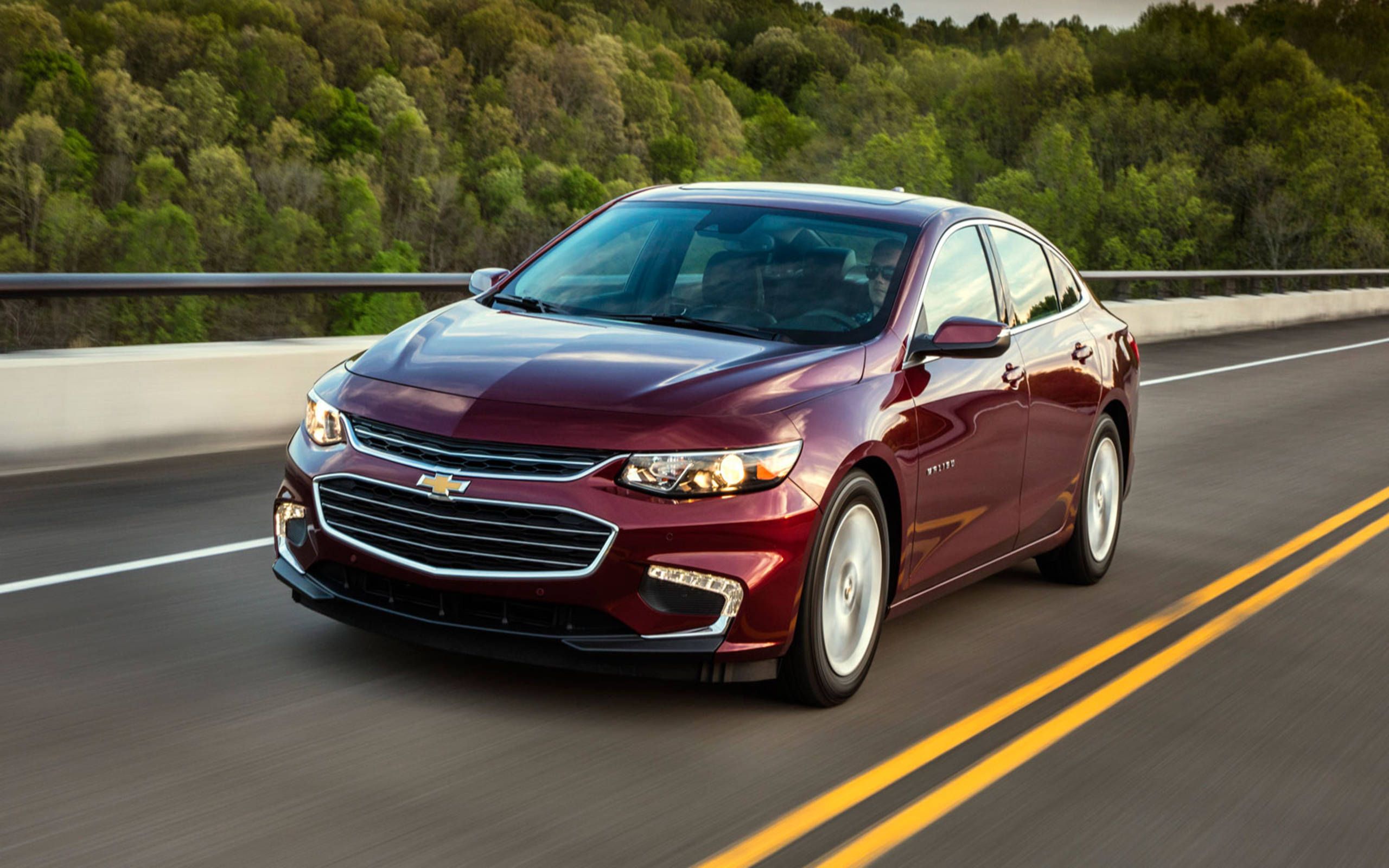
5. Chevrolet Malibu: Incomplete and Easy to Ignore
The Chevrolet Malibu, a mid-sized sedan aimed at value-conscious buyers, has some appealing qualities—smooth ride, quiet cabin—but its approach to maintenance alerts leaves much to be desired. One of the biggest problems lies in its overly simplistic indicator system, which often offers too little, too late. For example, instead of providing early-stage warnings like “Low Oil Quality Detected” or “Brake Inspection Needed Soon,” the Malibu tends to hold back until the problem becomes urgent. This reactive approach means that by the time a warning appears, the damage may already be well underway or the window for preventive care has passed.
Equally concerning is how easy it is to ignore or miss the Malibu’s alerts. The dashboard icons are relatively small and blend into the instrument cluster. Moreover, the audio warnings are subtle, sometimes just a single chime that’s easy to overlook if music is playing or if the driver isn’t paying close attention. There is little redundancy or follow-up messaging, and the vehicle doesn’t provide escalating alerts if an issue remains unresolved. This is a stark contrast to more advanced systems that will continue reminding drivers or expand the warning details over time.
Additionally, the Malibu lacks a comprehensive, user-accessible system for reviewing vehicle health and past maintenance. There’s no centralized screen to track fluid levels, part wear, or service history without the help of a mechanic. The car assumes a more passive role in upkeep, which may have been acceptable a decade ago, but feels outdated in today’s market. For tech-savvy drivers or even just those who want clear, proactive guidance from their vehicle, the Malibu’s alert system is disappointingly limited. It’s not that the Malibu actively misleads—it’s that it simply doesn’t say enough until it’s too late.
Also Read: 5 Cars With Cheap Registration and 5 That Cost a Fortune in Every State
As vehicles continue to evolve in both complexity and capability, the importance of clear, accurate maintenance indicators cannot be overstated. These systems are not simply convenience features—they are critical components in ensuring the longevity, safety, and reliability of a vehicle. When a car communicates effectively, it empowers the driver to become an active participant in the vehicle’s health.
When it fails to do so, it can leave even the most diligent owner in the dark, relying on guesswork or incurring unnecessary costs due to misinterpretation or neglect.
The five vehicles that excel in maintenance communication—Toyota Camry, Honda Accord, Mazda CX-5, Subaru Outback, and Ford F-150—demonstrate a consistent philosophy: the driver should never be surprised by their vehicle’s needs. These manufacturers have developed intuitive systems that are user-friendly, precise, and proactive.
From personalized notifications based on driving behavior to detailed dashboard readouts and app integrations, these cars represent the gold standard in maintenance management. They prioritize the driver’s peace of mind by making car care less of a mystery and more of a manageable routine.
Each of these standout vehicles shows how even a small change, like switching from a generic “Check Engine” light to a specific message like “Transmission Fluid Low,” can have a significant impact on driver confidence. These systems are especially crucial in an age where fewer drivers understand the mechanical workings of their vehicles.
By presenting straightforward language, real-time feedback, and reminders that are based on actual usage rather than arbitrary milestones, these manufacturers ensure that maintenance becomes a cooperative process between the car and its owner.
Conversely, the five vehicles that struggle in this area—Volkswagen Jetta, BMW 3 Series, Jeep Cherokee, Nissan Altima, and Chevrolet Malibu—highlight a different, more frustrating experience. These cars either oversimplify their warning systems or overcomplicate them to the point of inaccessibility.
Whether it’s cryptic service codes that require a dealership visit just for interpretation, false alarms that destroy the driver’s trust, or one-size-fits-all reminders that ignore actual conditions, these systems do more harm than good. Instead of empowering drivers, they confuse and mislead them, making it harder to act with confidence and precision.
The implications of poor maintenance communication go beyond the individual driver. When vehicles are not properly maintained, they become more likely to suffer from performance issues, breakdowns, and safety failures. Inconsistent alerts may cause drivers to delay servicing essential systems like brakes or tires, putting themselves and others at risk.
On a larger scale, misleading maintenance systems contribute to a higher rate of mechanical failure, environmental harm due to inefficiencies, and unnecessary strain on repair infrastructure. Simply put, these issues cost time, money, and sometimes safety.
Looking to the future, the automotive industry has a clear opportunity: integrate smarter, clearer, and more user-centric maintenance communication into every vehicle, regardless of price point. The technology already exists. Sensors, software, and cloud integration can monitor wear and tear in real-time.
What matters now is presentation. Can the car tell you, in human terms, what it needs? Can it differentiate between urgent and routine issues? Can it allow the driver to prepare ahead instead of reacting in crisis?
Ultimately, vehicles that communicate effectively extend their own lives and enhance the experience of ownership. They create a sense of partnership between human and machine, one where surprises are minimized and control is maximized. For drivers navigating busy lives, uncertain commutes, and rising costs, that kind of clarity is not just helpful—it’s essential.
So when choosing your next vehicle, don’t just look at horsepower or tech features. Ask yourself: Will this car tell me what it needs—, honestly, and in time to do something about it? That answer might just determine whether you enjoy a decade of smooth rides or a bumpy road filled with preventable problems.

